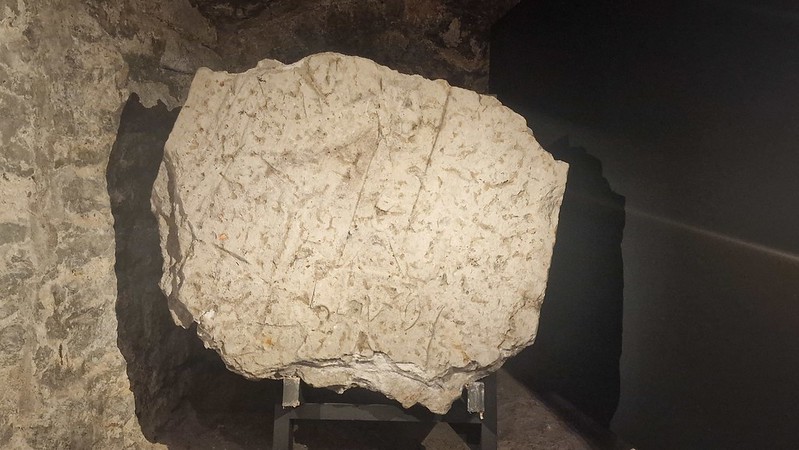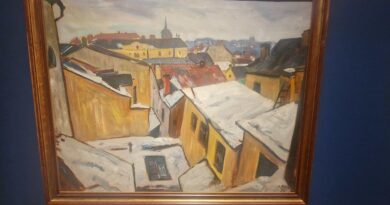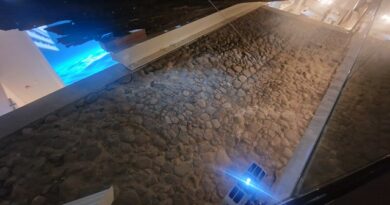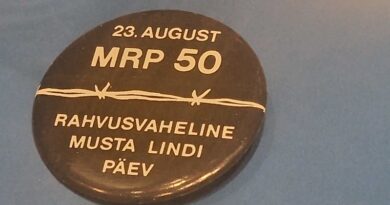Tallinn Trip – Lump of Rock (and Part of the Monument to Lutke van Oyten)
It looks like a lump of rock, but fortunately there was information by it to give a little more background about this arrangement. It’s what is left from the monument to Lutke van Oyten which stood at 4 Kaura Street before the Second World War. Then the top fell off, which feels slightly sub-optimal, but the museum has what is left. I mean, it’s not exactly the Rosetta Stone, but it’s something. Lutke van Oyten was born in Germany in the early sixteenth century and he became a member of the Brotherhood of Blackheads in 1528 and then a citizen of Tallinn in 1533. From 1554 until 1557 he became an Alderman of the Great Guild and he was a Town Councillor for Tallinn from 1557.
The Blackheads in Estonia weren’t dermatological blemishes, but rather a fascinating and influential brotherhood that played a significant role in the country’s history. The Brotherhood of Blackheads was a medieval association of unmarried merchants, ship owners, and foreigners that flourished in Livonia (present-day Estonia and Latvia) from the 14th century until 1940. Their intriguing and slightly humorous name is linked to their patron saint, St. Maurice, who was a North African Roman legionnaire. Often depicted in art with dark skin, St. Maurice became associated with the group, leading to the name ‘Blackheads’.
The Brotherhood was more than just a social club or group such as the BNI. They were a powerful force in the economic and social life of medieval Tallinn and Riga who held considerable wealth and influence, owning property, conducting trade, and even participating in local governance. Their headquarters, the magnificent House of the Blackheads in Tallinn, still stands as a testament to their prominence. We did want to visit the Museum of Blackheads in the city as it was free with the Tallinn Card, but it was shut and so we didn’t. Susanna was most disappointed, but Steve and I distracted her by going to the pub. We’re good like that.
The Blackheads were renowned for their vibrant social life, they hosted lavish feasts and celebrations, so it’s a bit like Hike Norfolk was. The Brotherhood’s influence waned with the rise of nation-states and changing economic conditions. The Soviet occupation of the Baltic states in 1940 forced the Blackheads to flee to Germany, where they continue to exist in Hamburg. So this bit of rock is a bit of their story, perhaps not the most important part, but enough for me to witter on in this blog post about.





